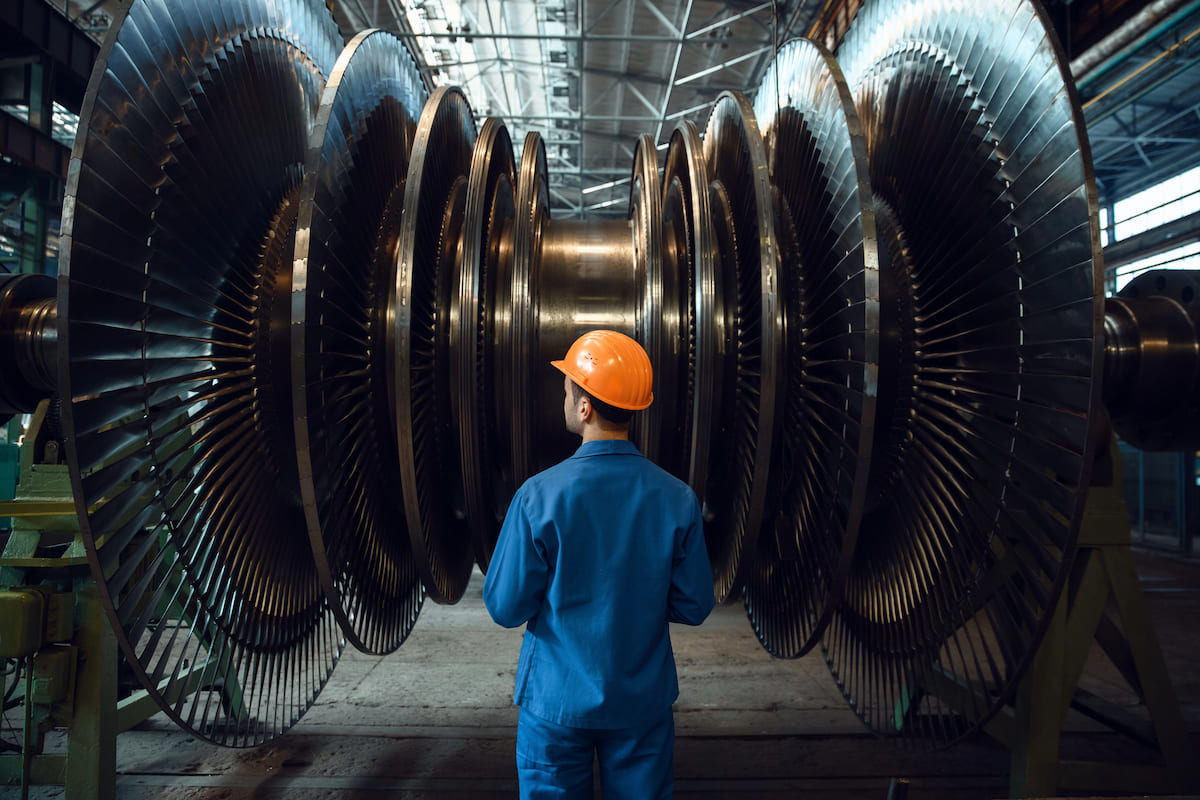
Outlook for the gas turbine supply chain
Phasing out gas-fired power won’t be easy. Touted as the bridge fuel of the energy transition, natural gas remains the only fossil energy source with long-term growth prospects. Yet, supply may not keep up with demand. A mix of factors – chief among them the struggles of the gas turbine supply chain – could limit the pace at which new gas-fired capacity is added.
Research firm Wood Mackenzie explores these potential developments in its report “Turbocharged vs. turbo lag: The new landscape for gas-fired power.” The study examines the future of natural gas in power generation and its ripple effects on global energy markets, comparing the annual installations needed with the actual manufacturing capacity available.
Supply and demand dynamics
According to BloombergNEF’s Economic Transition Scenario, global gas demand is expected to rise 25% between 2024 and 2050, reaching 5,449 billion cubic meters. Two key drivers are fueling this trend: the energy-intensive needs of data centers and a more optimistic outlook on long-term gas prices.
But can global supply keep up?
Wood Mackenzie analysts forecast around 890 gigawatts of new gas-fired power capacity coming online between 2025 and 2040. China and the United States are projected to lead this growth, accounting for roughly 47% of total annual additions over the period.
What’s clouding the forecast?
The biggest unknown lies in the gas turbine supply chain. Orders for new turbines jumped 32% year-over-year in 2024, driven by electrification, artificial intelligence, and green hydrogen production. However, short-term challenges are already emerging: global shortages of critical materials, transportation bottlenecks, and fragile logistics networks are slowing deliveries.
As a result, lead times for new gas turbines are now stretching past 2029, causing widespread project delays. Fuel prices are also playing a limiting role – particularly in Asia, where high costs may cap natural gas’s peak-time deployment despite booming demand. Meanwhile, in Europe, decarbonization goals are pushing a gradual decline in gas use, with its share of the energy mix expected to shrink significantly by 2040.
“While power markets will rely on natural gas as a part of the energy transition through 2040, the role of gas will face clear limits,” said David Brown, head of energy transition research at Wood Mackenzie. “High fuel prices in some regions, rising construction costs, and falling prices for renewables and energy storage will all constrain the sector’s potential.”